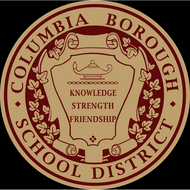
(View Complete Item Description)
December 2013 marks the 80th anniversary of the end of Prohibition, the period between 1920 1933 when the manufacture, transport and sale of intoxicating liquors was illegal in the United States. The 18th Amendment to the Constitution, ratified in 1919, was the crowning achievement of a temperance movement that had been building in this country since the late 1700s. Alcohol consumption had peaked to a high of about 7 gallons per person in the early 1800s (compared to less than 3 gallons today), with recognized health and societal consequences. But the new laws were difficult to enforce, due to general unpopularity and the profits that could be made through circumventing the law. Demand for alcohol remained high, and organized crime and corruption flourished. Loopholes and exemptions also allowed home wine production, and prescriptions for medical alcohol rose dramatically. Enforcement difficulties, popular resistance, and economic pressures associated with the Great Depression all contributed to efforts to repeal Prohibition. In 1933, the 21st Amendment ended national prohibition and returned responsibility for alcohol regulation to the states. The Kentucky Digital Library and DPLA would like to thank the contributing institutions for providing the unique content and metadata featured in Indomitable Spirits: Prohibition in the United States. Texts, research, and compilation by University of Kentucky Libraries employees Sarah Dorpinghaus, Beth Kraemer, Kathryn Lybarger, Mary Molinaro, Judy Sackett, and Stacy Yelton. Repository and curation support provided by Tom Blake, Kate Boyd, Crystal Heis, Shelia McAlister, Sandra McIntyre, Danielle Pucci, Jason Roy, and Christopher Vinson.
Material Type:
Diagram/Illustration,
Primary Source,
Unit of Study




















